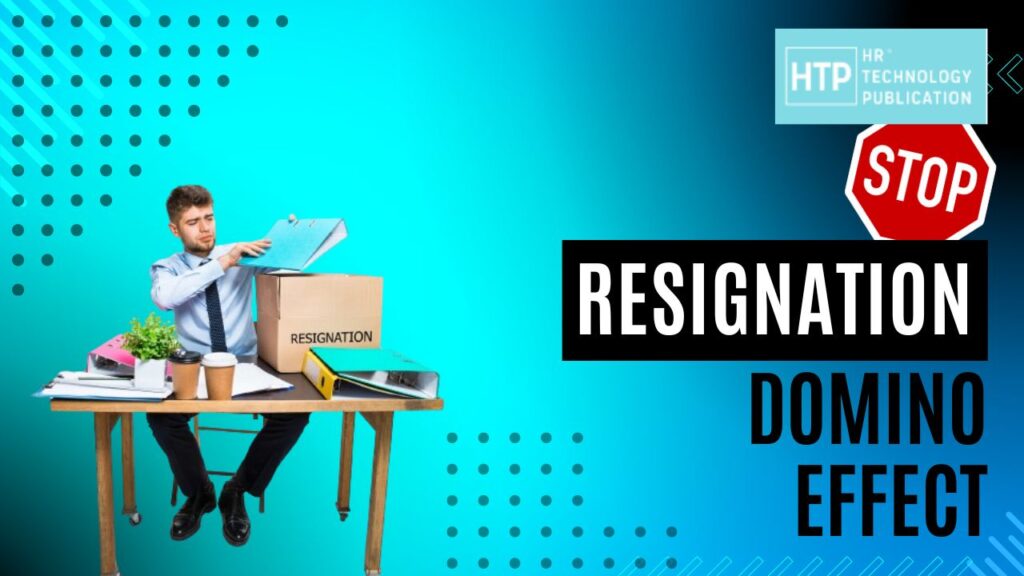The Top Reasons Employees Leave
Lack of Career Development Opportunities: Employees crave growth and professional advancement. When they feel stagnant in their roles with no clear path forward, they become disengaged and more likely to seek opportunities elsewhere. Companies that fail to invest in training, mentorship programs, and clear career progression plans are setting themselves up for high turnover.
- Low Salary and Benefits: Competitive compensation and a comprehensive benefits package are essential for attracting and retaining top talent. If employees feel they are underpaid or the company benefits package is lacking compared to competitors, they are more likely to jump ship for a better offer. Regularly reviewing salaries to ensure competitiveness and offering a variety of benefits that cater to employee needs, such as health insurance, paid time off, and wellness programs, go a long way in demonstrating value and fostering loyalty.
- Work-Life Imbalance: Feeling burnt out due to long hours or inflexible work arrangements is a recipe for employee dissatisfaction and ultimately, resignation. Employees crave a healthy work-life balance, and a company culture that promotes this balance is essential for retention. Encouraging employees to take breaks, utilize flexible work arrangements like remote work or compressed workweeks, and disconnect after work hours helps combat burnout and foster a happier, more productive workforce.
- Poor Management: Uninspiring or micromanaging leadership can create a toxic work environment. Employees thrive under supportive and empowering managers who provide clear direction, offer constructive feedback, and create a collaborative work environment. Ineffective leadership can quickly erode morale and drive valuable employees to seek opportunities elsewhere.
- Lack of Recognition and Appreciation: Feeling undervalued and unseen is a major demotivator. Employees who feel their contributions go unnoticed are less likely to be loyal to the company. Publicly acknowledging employee achievements, celebrating milestones, and offering opportunities for advancement are all essential for fostering a culture of recognition and appreciation. A simple “thank you” can go a long way in boosting morale and making employees feel valued.
Building a Culture of Retention
By addressing the root causes of employee dissatisfaction, companies can cultivate a workplace that fosters loyalty and reduces turnover. Here are some key strategies you can implement:
- Invest in Career Development: Develop programs that offer training courses, workshops, or online learning opportunities aligned with your company’s needs and employee aspirations. Offer regular career path discussions to help employees map out their future within the company and identify skills they need to develop for advancement.
- Offer Competitive Compensation and Benefits: Conduct regular salary reviews to ensure your compensation packages are competitive within the industry. Consider offering a variety of benefits that cater to employee needs, such as health insurance, paid time off, wellness programs, and student loan repayment assistance.
- Promote Work-Life Balance: Encourage employees to take breaks, utilize flexible work arrangements, and disconnect after work hours. Consider offering programs like on-site fitness centers or subsidized childcare to help employees achieve a healthy work-life balance.
- Empower Your Managers: Train leaders on effective communication techniques, delegation, and providing constructive feedback. Encourage them to create a supportive and collaborative work environment where employees feel empowered to take ownership of their work and contribute their ideas.
- Recognize and Appreciate Employees: Publicly acknowledge employee achievements through company-wide announcements, team lunches, or bonus programs. Consider implementing an “Employee of the Month” program to showcase outstanding contributions. Celebrate milestones like work anniversaries and team successes.
Retention Strategies
Here are some specific ways you can put these retention techniques into action:
- Create a Skills Development Program: Develop a program offering training courses in software used by your company, industry trends, or leadership skills. Partner with online learning platforms to provide employees with access to a wider range of courses.
- Implement a Mentorship Program: Pair experienced employees with new hires or those seeking career guidance. Mentorship fosters knowledge sharing, creates a sense of belonging for new hires, and helps develop future leaders within the company.
- Conduct Regular Stay Interviews: Schedule regular one-on-one meetings with employees to discuss their career goals, satisfaction levels, and any concerns they might have. These open and honest conversations can help identify potential issues early and take steps to address them before they lead to an employee leaving the company.
- Recognize Achievements: Celebrate employee wins through company-wide announcements, team lunches, or bonus programs. Consider implementing a peer-to-peer recognition program where employees can acknowledge and appreciate each other’s contributions.
- Offer Flexible Work Arrangements: Remote work options, flexible working hours, or compressed workweeks can significantly improve work-life balance for employees with different needs. Consider offering a hybrid work model that allows employees to split their time between working in the office and working remotely.
The Road to Retention
Building a culture of retention is an ongoing process. By consistently identifying and addressing the reasons employees leave, companies can create a workplace that fosters loyalty, engagement, and reduces costly turnover. Remember, your employees are your greatest asset. Investing in their development, well-being, and recognition not only keeps them happy and productive but also builds a strong employer brand that attracts and retains top talent in the competitive job market.
Conclusion
Employee turnover is a complex issue with various contributing factors. However, by understanding the common reasons why employees leave and taking proactive steps to address them, companies can create a work environment that fosters loyalty, and engagement and reduces costly turnover. Remember, a happy and motivated workforce is the foundation for a thriving business.



